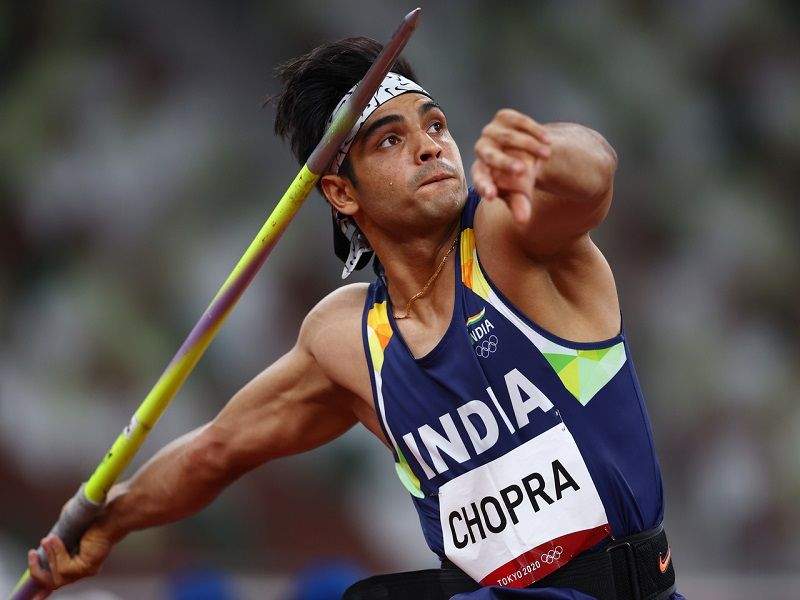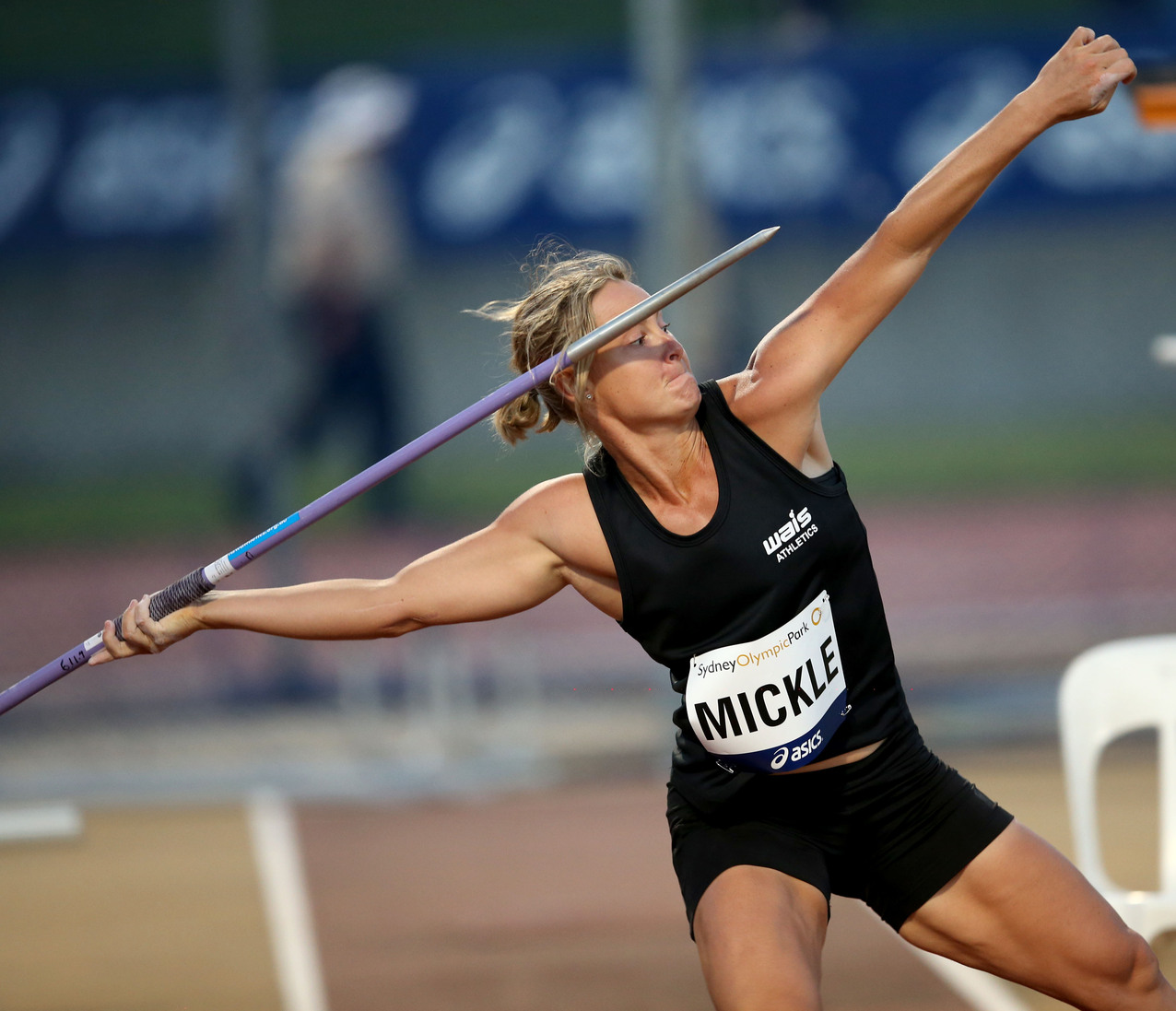Techniques and Biomechanics of the Javelin Throw

The javelin throw is a demanding athletic event that requires a combination of strength, power, speed, coordination, and technique. Athletes must master the intricate biomechanics of the throw to maximize their distance. This involves understanding the different phases of the throw and the specific movements and forces involved in each phase.
Grip and Hold
The grip on the javelin is crucial for control and power generation. Athletes typically use a grip that is slightly behind the center of gravity of the javelin, allowing for optimal leverage and a smooth release. This grip can vary depending on the athlete’s hand size and throwing style.
The grip can be categorized into three main types:
- Overhand grip: The most common grip, where the thumb is on top of the javelin and the fingers wrap around the shaft.
- Underhand grip: The thumb is underneath the javelin, providing a more secure grip.
- Mixed grip: A combination of overhand and underhand grips, offering a balance of control and power.
The grip is essential for stability and control during the throw. A firm grip allows for efficient transfer of energy from the athlete’s body to the javelin, leading to a more powerful and accurate throw.
Run-up, Men’s javelin throw
The run-up is the initial phase of the throw, where the athlete builds up speed and momentum. It is a crucial part of the throw, as it sets the foundation for the subsequent phases. The run-up is typically between 30 and 40 meters long and involves a series of strides that gradually increase in length and speed.
The biomechanics of the run-up focus on:
- Building momentum: The athlete accelerates their body mass to generate maximum speed and momentum before the plant phase.
- Maintaining balance: The athlete must maintain balance and control throughout the run-up, ensuring a smooth transition into the plant phase.
- Developing rhythm: The athlete develops a rhythmic pattern of strides to optimize their acceleration and maintain their balance.
The run-up is a critical phase for generating power and momentum. A well-executed run-up ensures that the athlete enters the plant phase with the optimal speed and energy to launch the javelin.
Plant
The plant is the moment when the athlete’s foot contacts the ground just before the delivery phase. It is a crucial transition phase, as it marks the shift from the run-up to the throwing motion. The plant is typically done with the athlete’s dominant foot, which provides a stable base for the throwing motion.
The biomechanics of the plant emphasize:
- Stabilization: The plant provides a stable base for the throwing motion, preventing the athlete from losing balance and control.
- Energy transfer: The plant allows for the transfer of momentum from the run-up to the throwing motion, ensuring a powerful and efficient throw.
- Rotation: The plant initiates the rotation of the athlete’s body, setting up the delivery phase.
The plant is a critical phase for transferring momentum and initiating the throwing motion. A strong and well-timed plant ensures that the athlete is in a powerful position to launch the javelin.
Delivery
The delivery is the culmination of the javelin throw, where the athlete releases the javelin with maximum force and accuracy. It is a complex and demanding phase that requires precise timing, coordination, and strength. The delivery involves a series of movements, including a powerful arm swing, a final push with the legs, and a controlled release of the javelin.
The biomechanics of the delivery focus on:
- Power generation: The athlete generates maximum power through a combination of arm swing, leg drive, and torso rotation.
- Balance and control: The athlete must maintain balance and control throughout the delivery phase, ensuring a smooth and accurate release of the javelin.
- Javelin release: The athlete releases the javelin with a controlled and forceful motion, aiming for a smooth and consistent trajectory.
The delivery is the most critical phase of the javelin throw, as it determines the javelin’s distance and accuracy. A well-executed delivery requires a combination of strength, power, coordination, and technique.
Follow-Through
The follow-through is the final phase of the throw, where the athlete continues their throwing motion after releasing the javelin. It is essential for maintaining balance and preventing injury. The follow-through involves a controlled deceleration of the throwing arm and a smooth transition to a balanced finish.
The biomechanics of the follow-through emphasize:
- Balance and control: The follow-through helps maintain balance and control after the javelin release, preventing the athlete from falling or losing their footing.
- Injury prevention: The follow-through helps prevent injuries by absorbing the momentum of the throw and allowing the athlete’s body to decelerate smoothly.
- Smooth transition: The follow-through ensures a smooth transition from the throwing motion to a balanced finish, allowing the athlete to recover quickly and prepare for their next throw.
The follow-through is an important phase for maintaining balance, preventing injury, and ensuring a smooth finish to the throw. A well-executed follow-through allows the athlete to recover quickly and prepare for their next attempt.
Equipment and Technology in Men’s Javelin Throw

The javelin throw, a thrilling event in athletics, involves the precise projection of a spear-like implement for maximum distance. The performance of a javelin thrower is significantly influenced by the equipment used, particularly the javelin itself. This section delves into the specifications, regulations, and technological advancements that have shaped the javelin throw over time.
Javelin Design and Construction
The design and construction of a javelin are strictly regulated by the International Association of Athletics Federations (IAAF) to ensure fairness and safety. The regulations govern the javelin’s dimensions, weight, and materials.
- Length: The minimum length of a men’s javelin is 2.60 meters (8 ft 6 in). The maximum length is not specified.
- Weight: The minimum weight of a men’s javelin is 800 grams (28.2 oz). The maximum weight is not specified.
- Materials: The javelin’s shaft is typically made of wood, fiberglass, or carbon fiber. The head is made of metal, usually steel or aluminum. The javelin’s center of gravity is located closer to the head, making it easier to throw.
- Grip: The javelin’s grip is designed to provide a secure and comfortable hold for the thrower. The grip is typically made of leather or synthetic materials. The grip is designed to provide a secure and comfortable hold for the thrower.
Impact of Technological Advancements
Technological advancements have significantly impacted the javelin throw, particularly in the area of materials and aerodynamic design.
- Materials: The use of lighter and stronger materials, such as carbon fiber, has allowed for the development of javelins that are more aerodynamic and easier to throw. This has resulted in significant increases in javelin throw distances.
- Aerodynamic Design: The design of the javelin’s head and shaft has been optimized to reduce air resistance and improve aerodynamic performance. The use of a more pointed head and a thinner shaft has helped to improve the javelin’s flight path and distance.
Types of Javelins
There are different types of javelins used by athletes, each with its own advantages and disadvantages. The most common types of javelins include:
- Traditional Javelins: These javelins are typically made of wood and have a more traditional design. They are generally heavier and less aerodynamic than modern javelins. Traditional javelins are still used by some athletes, particularly those who prefer a more traditional throwing style.
- Modern Javelins: These javelins are typically made of carbon fiber and have a more aerodynamic design. They are generally lighter and easier to throw than traditional javelins. Modern javelins are the most commonly used type of javelin in competitive athletics.
The men’s javelin throw is a track and field event that demands a unique combination of strength, technique, and athleticism. Neeraj Chopra, the reigning Olympic champion, has redefined the sport with his remarkable throws, a testament to his dedication and prowess.
Chopra’s accomplishments have propelled the sport to new heights, inspiring a generation of athletes and further solidifying the men’s javelin throw as a thrilling and dynamic event.
The men’s javelin throw is a test of both strength and technique, demanding a precise balance of power and accuracy. The culmination of this athletic endeavor is witnessed in the javelin throw Olympics final , where the world’s best athletes converge to showcase their prowess.
This competition serves as a testament to the evolution of the sport, where athletes continually push the boundaries of human performance, constantly striving to achieve new distances and dominance in the men’s javelin throw.
